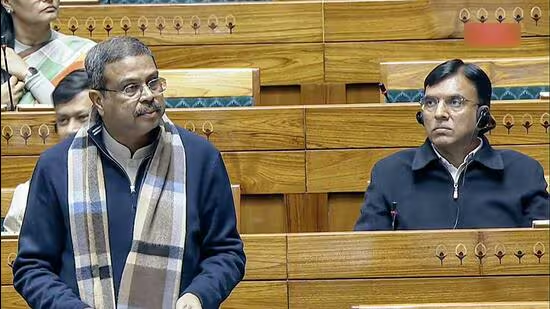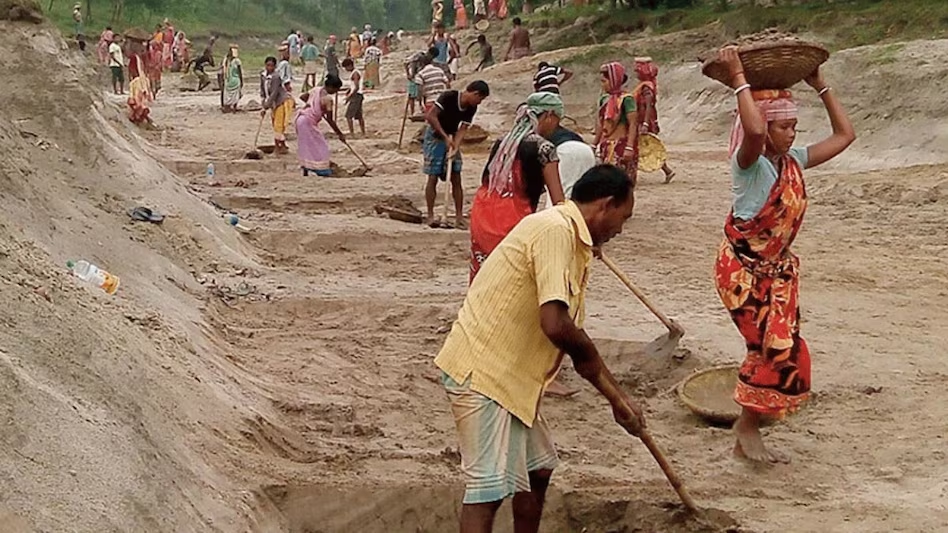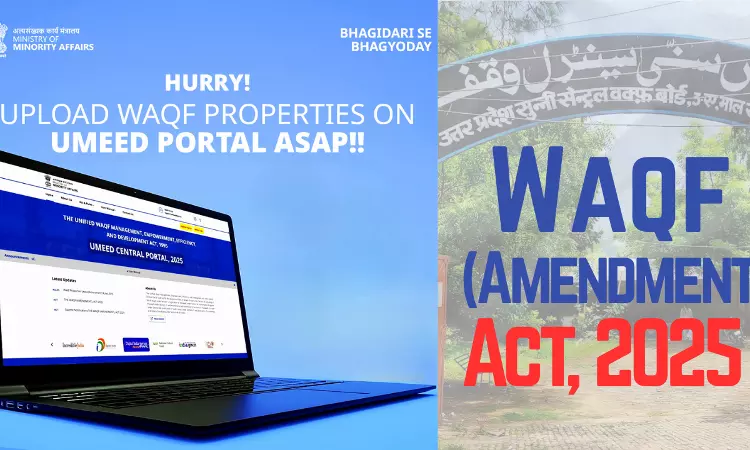Description
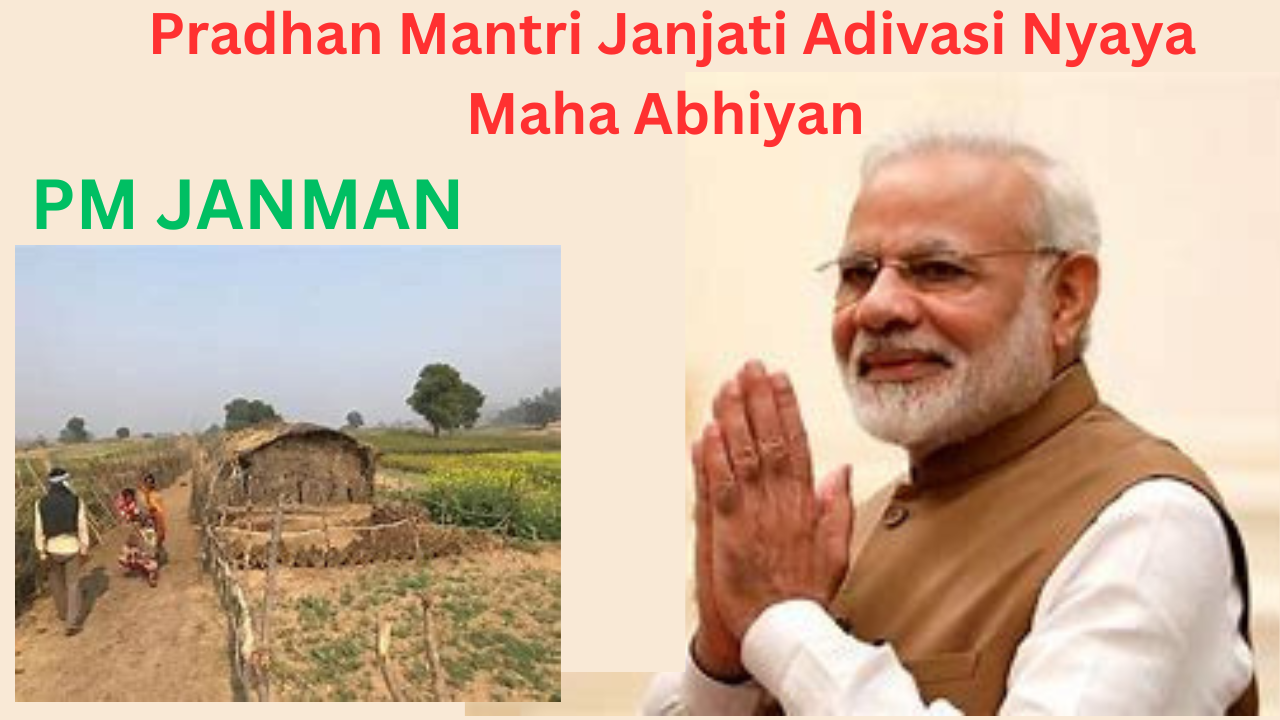
Copyright infringement not intended
Picture Courtesy: sarkariyojnajk.in
Context: The Pradhan Mantri Janjati Adivasi Nyaya Maha Abhiyan (PM JANMAN) is an initiative approved by the Union Cabinet specifically designed to cater to the critical requirements of Particularly Vulnerable Tribal Groups (PVTGs), focusing on their welfare and empowerment.
About PM JANMAN
- The Union Cabinet chaired by the Prime Minister has approved Pradhan Mantri Janjati Adivasi Nyaya Maha Abhiyan (PM JANMAN) to uplift the Particularly Vulnerable Tribal Groups (PVTGs).
- The scheme will have a total outlay of Rs.24, 104 crore, with the Centre and the States sharing the cost in a ratio of 64:36.
- The PM-JANMAN scheme is in line with the Budget announcement of 2023-24, in which the Finance Minister had proposed to launch a Pradhan Mantri PVTG of Development Mission to improve the socio-economic conditions of the PVTGs.
- The Mission will aim to provide basic amenities and services to all PVTG households and habitations, such as safe housing, clean drinking water and sanitation, improved access to education, health and nutrition, road and telecom connectivity, and sustainable livelihood opportunities.
- The Mission will be implemented in the next three years under the Development Action Plan for the Scheduled Tribes (DAPST), with an allocation of Rs.15,000 crore.
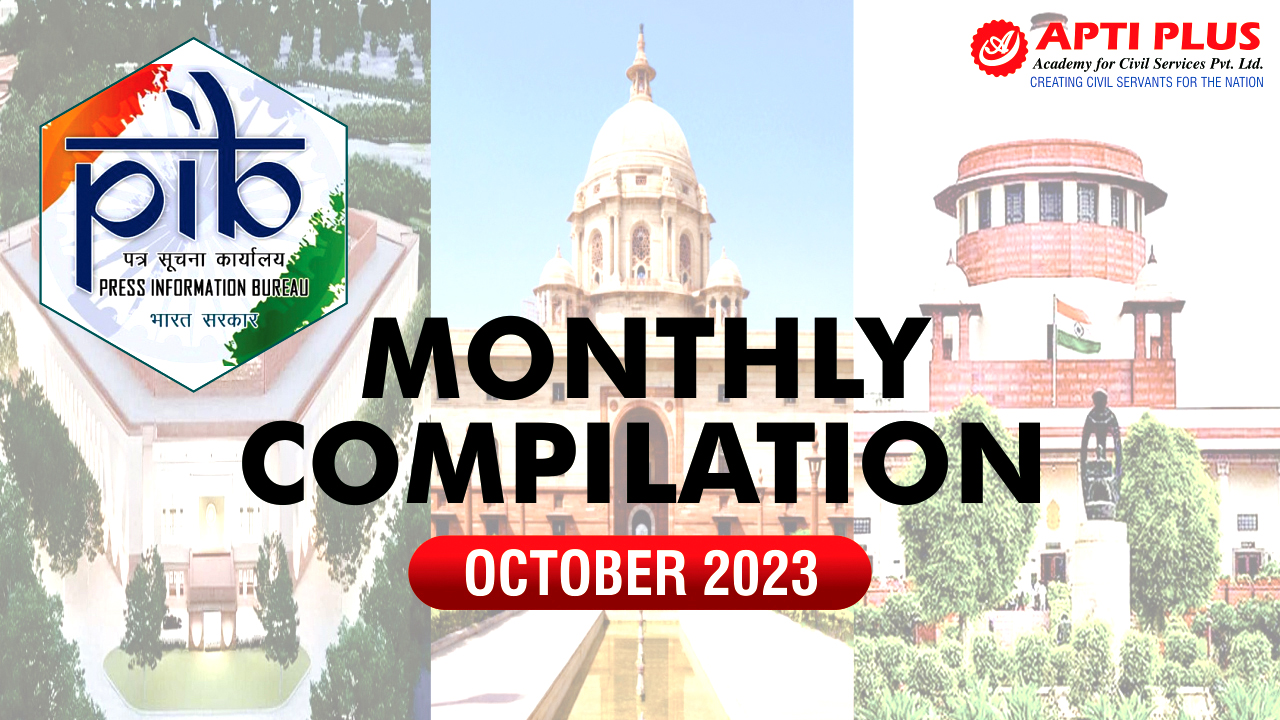
|
India has a Scheduled Tribe (ST) population of 10.45 crore as per the 2011 census, out of which 75 communities located in 18 States and the Union Territory of Andaman and Nicobar Islands have been categorized as PVTGs. These PVTGs are among the most marginalized and vulnerable sections of society, facing multiple challenges and deprivations in various fields.
|
The PM-JANMAN scheme will focus on 11 critical interventions through 9 Ministries including the Ministry of Tribal Affairs. These interventions are:
- Housing: To provide safe and dignified housing to all PVTG households under Pradhan Mantri Awas Yojana-Gramin (PMAY-G).
- Drinking water and sanitation: To ensure universal coverage of piped water supply and individual household toilets under Jal Jeevan Mission (JJM) and Swachh Bharat Mission-Gramin (SBM-G).
- Education: To enhance access to quality education for PVTG children through residential schools, hostels, scholarships, bridge courses, e-learning platforms and special coaching under Samagra Shiksha Abhiyan (SSA) and other schemes.
- Health and nutrition: To improve health outcomes and nutritional status of the PVTG population through dedicated mobile medical units, health camps, immunization drives, supplementary nutrition programmes, Anganwadi centres and other schemes.
- Road connectivity: To connect all PVTG habitations with all-weather roads under Pradhan Mantri Gram Sadak Yojana (PMGSY).
- Telecom connectivity: To provide mobile connectivity and internet access to all PVTG habitations under BharatNet and other schemes.
- Livelihood opportunities: To promote sustainable livelihoods for PVTG households through skill development, self-help groups, micro-enterprises, value addition, market linkages and other schemes.
- Land rights: To secure land rights and titles for PVTG households under the Forest Rights Act (FRA) and other laws.
- Social security: To provide social protection and insurance to PVTG households under Pradhan Mantri Jeevan Jyoti Bima Yojana (PMJJBY), Pradhan Mantri Suraksha Bima Yojana (PMSBY) and other schemes.
- Cultural preservation: To preserve and promote the rich cultural heritage and identity of PVTGs through documentation, dissemination, festivals, awards and other schemes.
- Institutional support: To strengthen the institutional mechanisms for planning, monitoring, evaluation and convergence of the PM-JANMAN scheme at various levels.
.jpg)
Conclusion
- The PM-JANMAN scheme is expected to bring about a transformational change in the lives of the PVTGs by addressing their specific needs and aspirations. The scheme will also contribute to the vision of Sabka Saath Sabka Vikas Sabka Vishwas aur Sabka Prayas.
Must Read Articles:
Particularly Vulnerable Tribal Groups (PVTGs): https://www.iasgyan.in/daily-current-affairs/particularly-vulnerable-tribal-groups-pvtgs-6
|
PRACTICE QUESTION
Q. How have government policies contributed to the socio-economic development of tribal communities in India, and what challenges persist in ensuring their holistic growth and empowerment?
|







